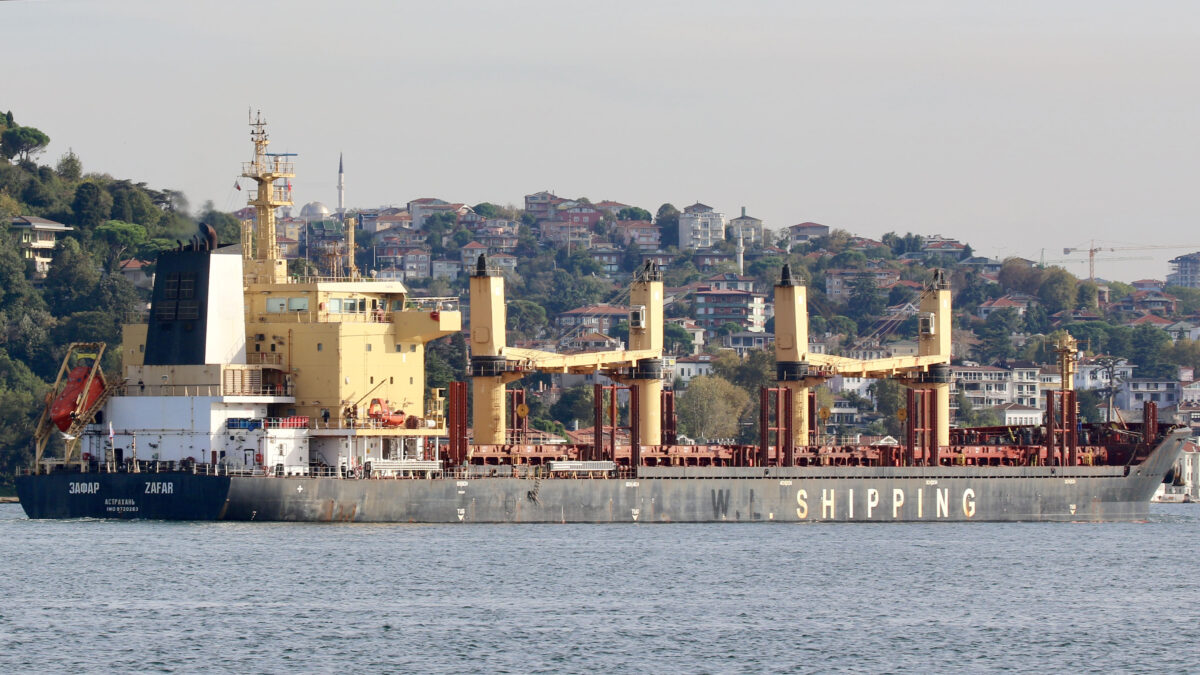Bellingcat Investigation - Russia's Path(s) to War
The extent of Russia’s role in the ongoing conflict in Eastern Ukraine has yet to be determined. Thus far, Russia denies any direct involvement in the war. However, most Western nations do not share Russia’s position and assume that Russia is directly or at least indirectly involved. This same ambiguity, which continues to affect the conflict in Eastern Ukraine to this day, also characterized the annexation of Crimea last year. At first, Russia denied any direct involvement in the military operations that blocked Ukraine’s armed forces and led to the seizure of key buildings and other locations on the peninsula. Later, however, Moscow acknowledged the active role played by Russian servicemen. (It should be noted that photographic and video evidence had already clearly depicted the involvement of Russia’s armed forces in March 2014.)
The current state of the conflict in Eastern Ukraine is similar to the situation in Crimea in March 2014. Russia claims that its forces are not involved despite a plethora of evidence to the contrary. Reports have been published analyzing the presence of Russian equipment in Ukraine, documenting cross-border artillery attacks, and demonstrating the participation of active Russian servicemen in the conflict. This report examines one aspect of the Russian-Ukrainian war, namely, the alleged cross-border traffic of Russian forces into Eastern Ukraine. If it is possible to link cross-border traffic to Russia’s armed forces, this not only provides additional evidence for Russia’s involvement, it also allows for a better assessment of the extent of Russia’s involvement. This report, which primarily focuses on events in the summer of 2014, is solely based upon open source information; the identification and verification of border crossings was performed relying on publicly available satellite imagery.
Using satellite imagery, this report’s assessment of the border area in the conflict zone shows that there are at least 60 tracks crossing the border. Four to five border crossings are of a scale not seen along the border before, and roughly two dozen are assessed as being closely related to the Russian army. Two different types of border crossings were identified: tracks crossing the border to launch attacks from inside Ukraine and tracks crossing the border to enter Ukraine and reach – in most cases – an unknown target inside Ukraine. New tracks were documented for July, August, and September 2014, the months that saw the most intense fighting along the border last summer. The key findings and results of this report include:
- A description of approximately 30 of the visible border crossings and the close relationship – both in place and time – between all major border crossings and major battles in the border area of Eastern Ukraine.
- New visual evidence documenting the border crossings, including military vehicles and equipment stationed along the border and large groups of military hardware traveling on paths clearly related to border crossings
- An assessment establishing or strengthening (as the case may be) the links between the border crossings and Russia’s armed forces through the documentation of Russian bases via satellite imagery and/or photographs uploaded to social media by Russian soldiers
The evidence presented below confirms that Russia’s armed forces participated in the war throughout the entire summer of 2014. Moreover, it is further shown that this participation by Russia decisively changed the course of the war.
You can explore the report on StoryMap here.
The full report can be downloaded here.


